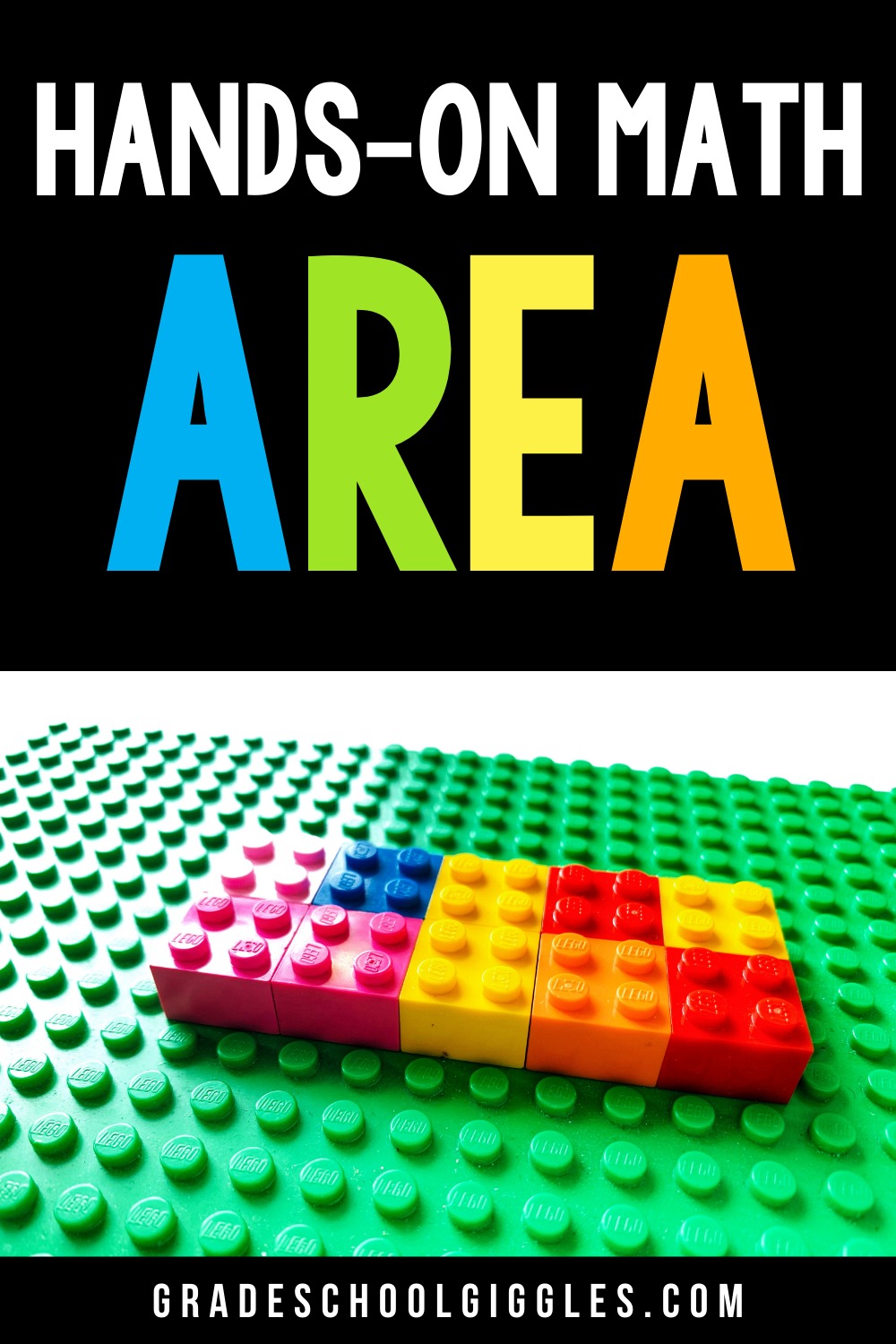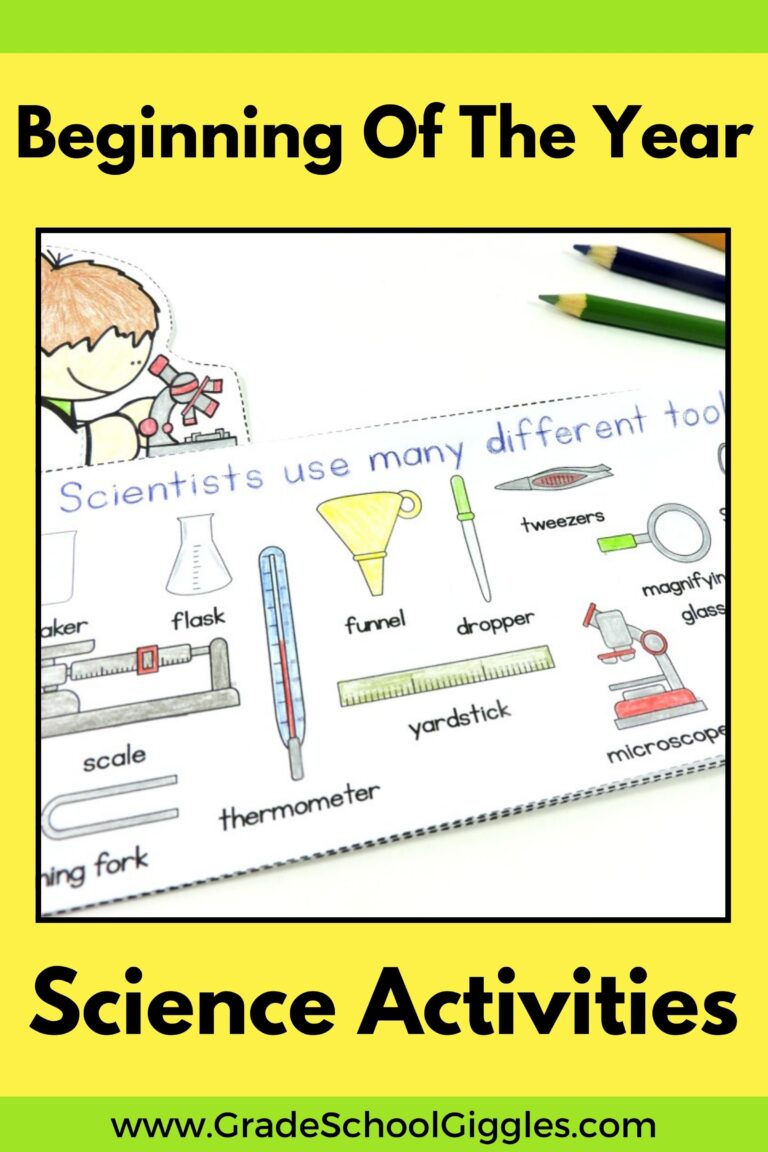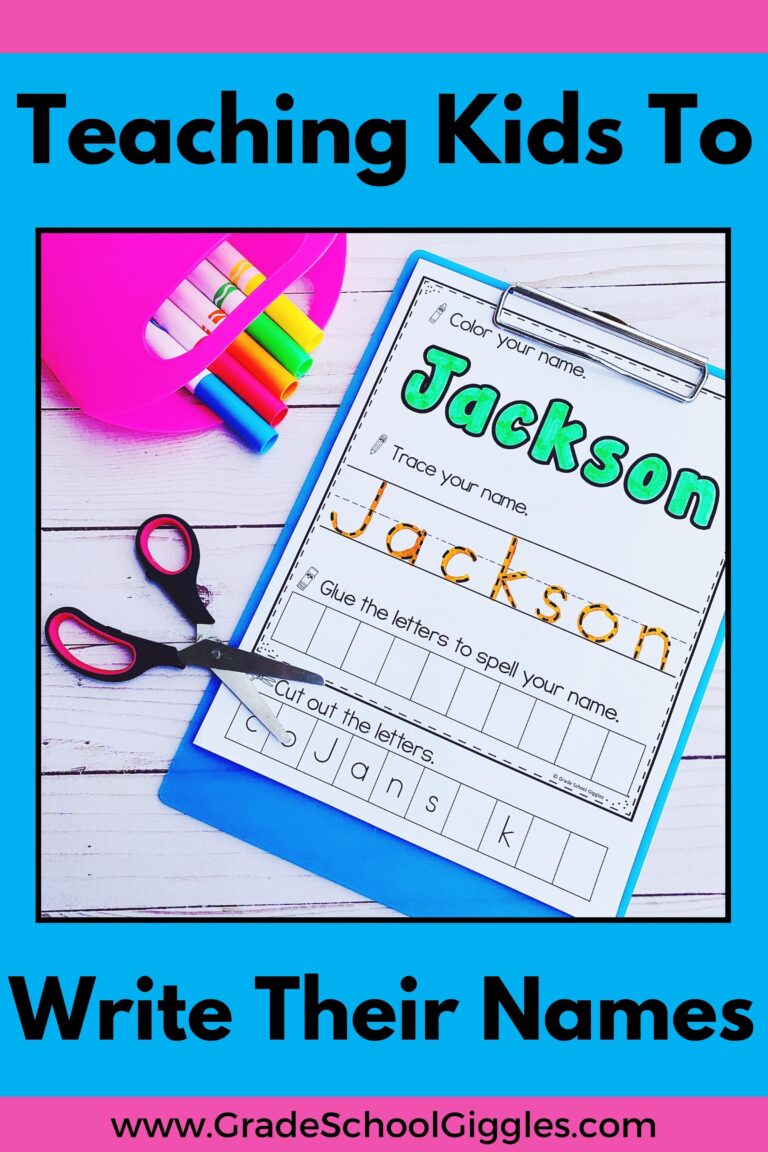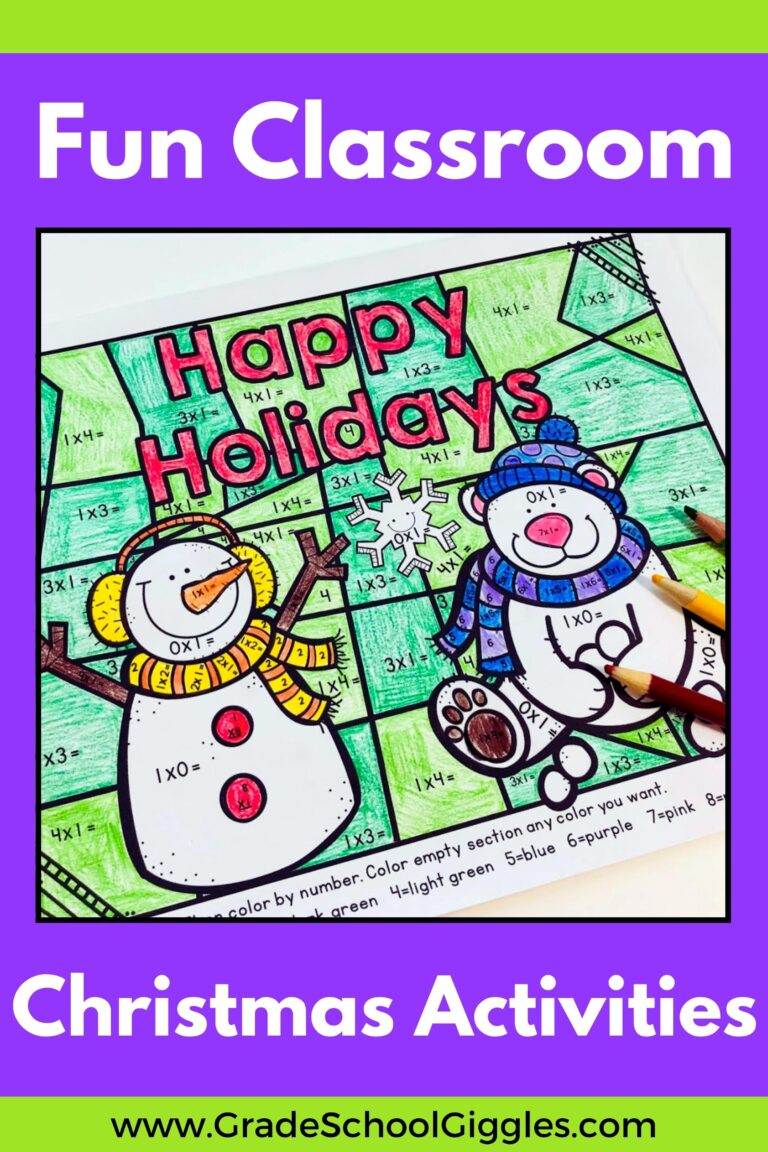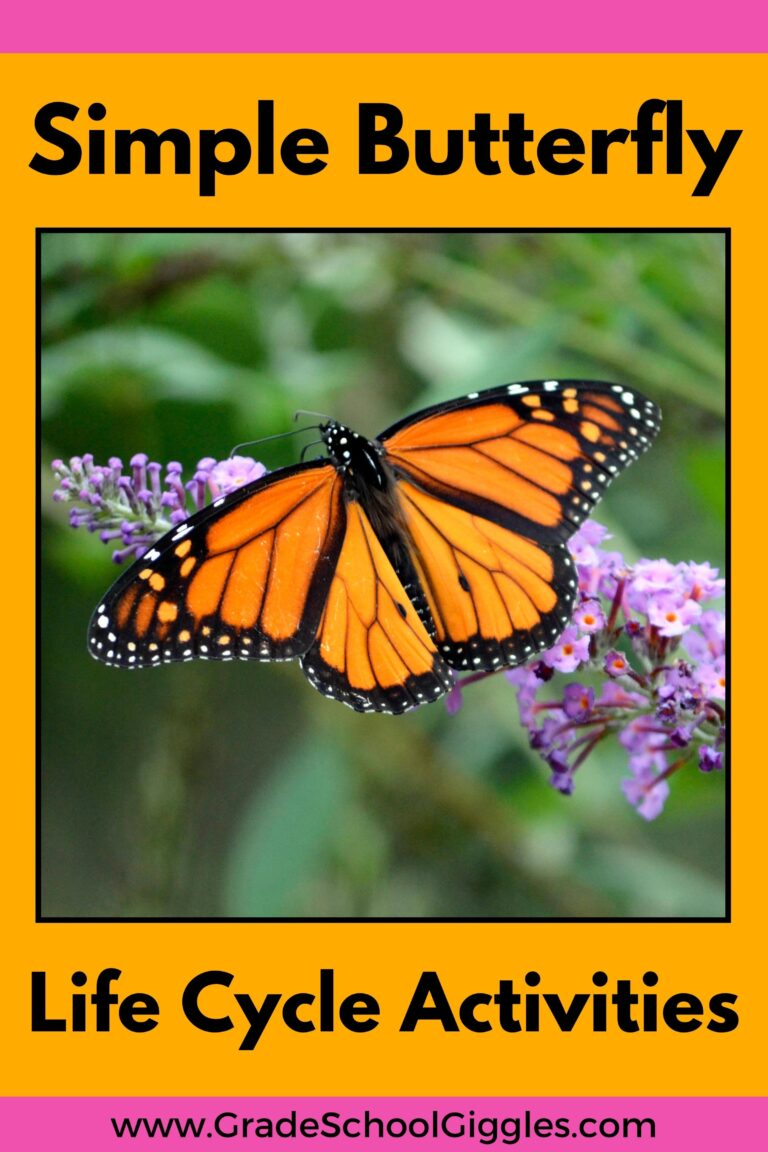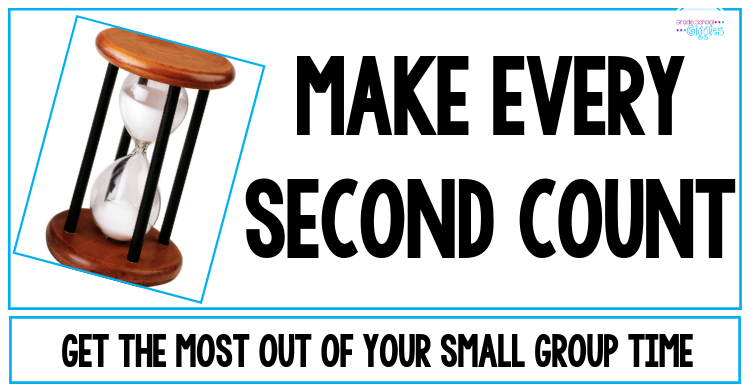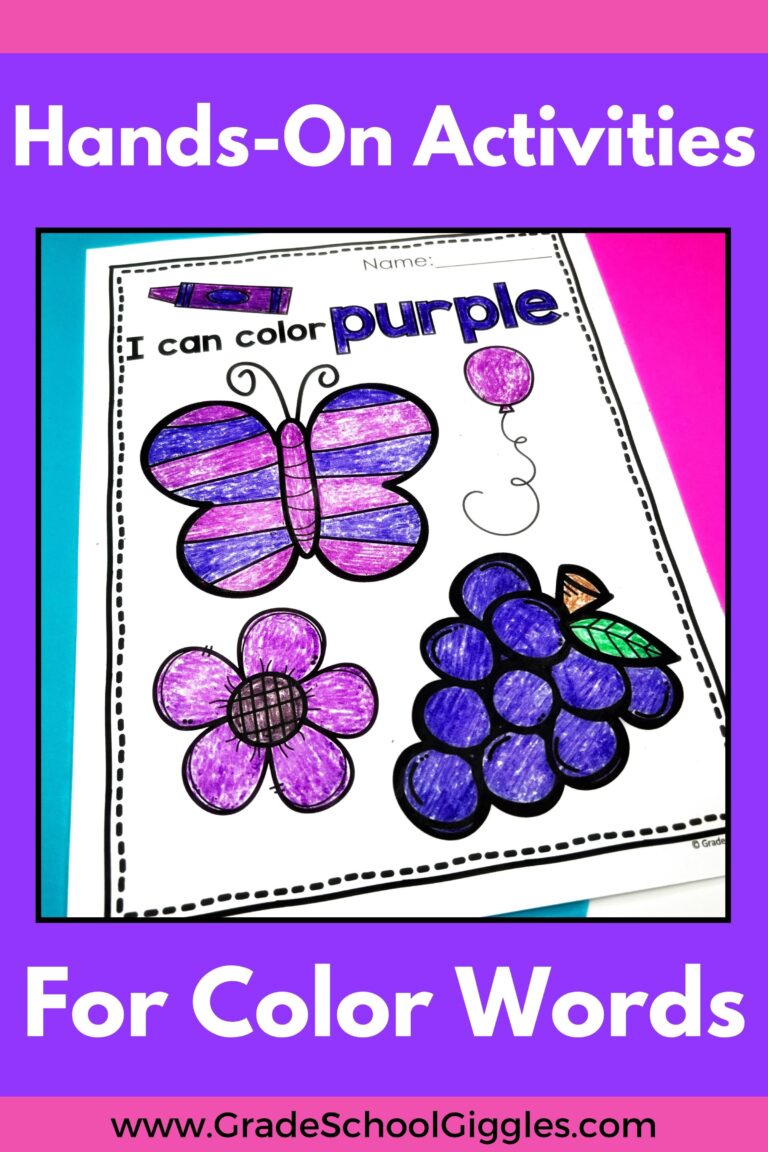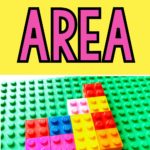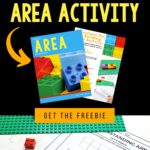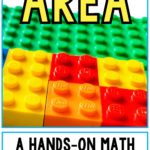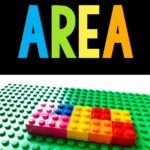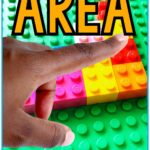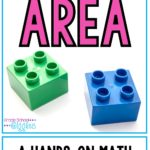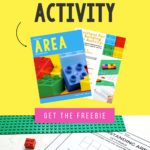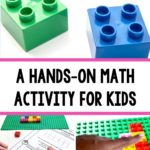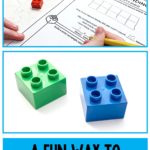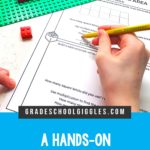A Hands-On Activity To Introduce Kids To Area
Area is one of my favorite math topics to teach. It’s so easy to make it hands-on! Plus, the kids love getting to create, build, and design.
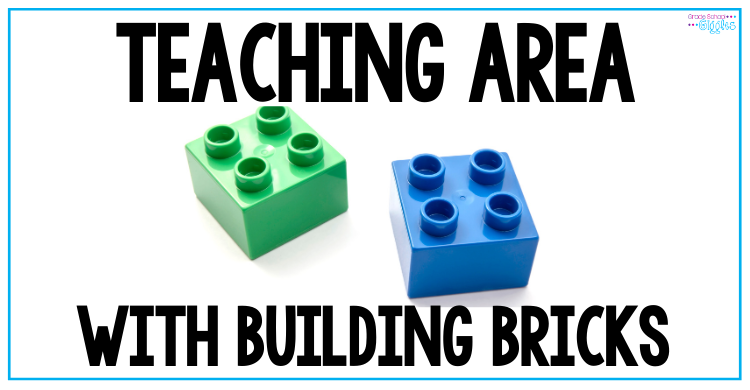
In this post, I’ll share how you can teach kids to find the area of rectangles (and shapes composed of multiple rectangles) using building bricks. I’ll share some teaching tips and a freebie too!
Explore Area With Building Bricks
This activity connects to the Common Core State Standards…
It teaches kids…
-The area of a plane figure is equal to the number of square units that would cover the figure without any gaps or overlaps.
-We can measure the area of a plane figure by counting unit squares.
-We can use multiplication to find it more efficiently.
Supplies
This post contains affiliate links.
- Square building bricks
- A baseplate for each child
- The free worksheet from this post
- A pencil
Step #1
Build a solid rectangle on top of the base plate. Use only square building bricks to build it. Make sure to tell your students to be sure that there are no gaps and that none of the bricks overlap. There should only be one layer of building bricks on the baseplate.
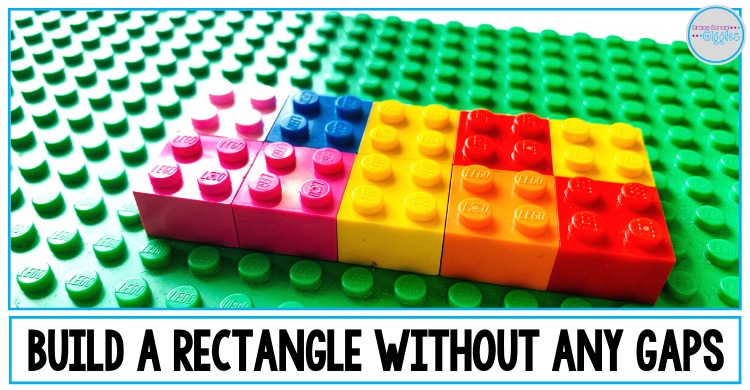
Step #2
Draw a picture of the rectangle on the worksheet. Make sure to draw the individual square bricks. This is a good time to talk about unit squares.
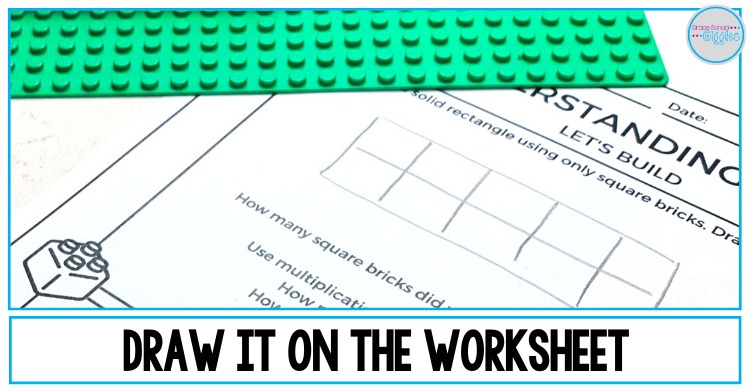
Step #3
Count the square bricks you used. This number tells you the area of the rectangle you built. Point out that area is measured in square units, not linear units. This is a good time to talk about the difference.
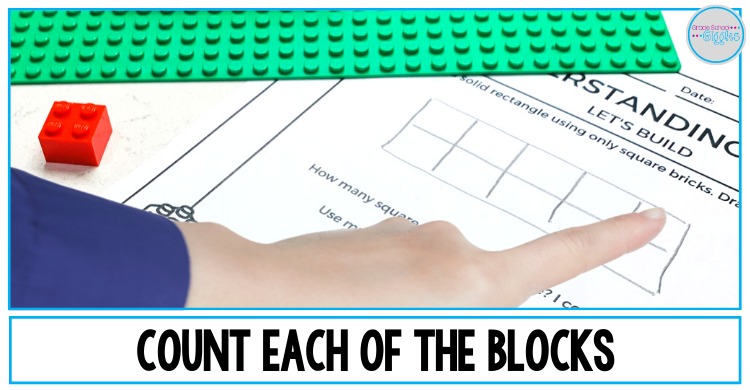
Step #4
The rectangle can also be looked at as an array. Count the number of rows and the number of columns in the rectangle.
Multiply the rows and columns to find the number of square bricks in the rectangle.
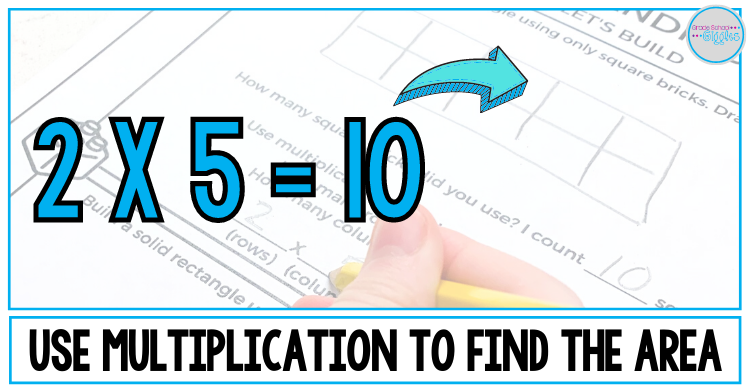
Step #5
Repeat steps 1-5. You can also build non-rectangular plane figures and then find their area by counting the square bricks.
This is also a good activity to explore shapes composed of multiple rectangles. You can add visual clarity by building each rectangle with a unique color of bricks.
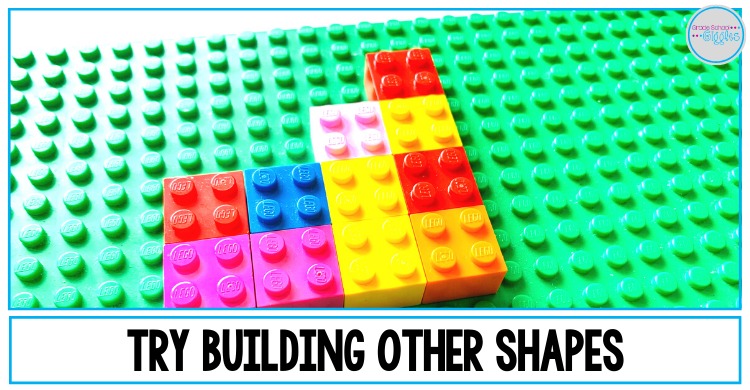
Talking Points
-We measured by counting the unit squares, and then we found the area with multiplication. Could we use addition? How?
-Which way was more efficient?
-If we wanted to find the area of a large rectangle, like our classroom’s floor or the space to cover in mulch on a playground, what units of measurement could we use?
Tools For Independent Area Practice
This activity is a great way to introduce the basic concept. It’s great for teaching kids to count the unit squares. It shows kids that they can use either tiling or multiplication. You can even use it to introduce partitioning rectangles into rows and columns.
Still, there’s a lot more for kids to learn.
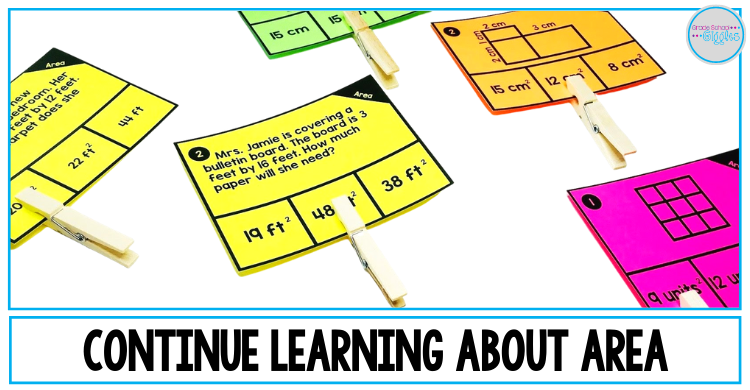
They’re fun, self-checking, and they cover lots of skills.
- Finding the area of a plane figure by counting unit squares
- Partitioning rectangles into rows and columns to count the unit squares
- Finding the area of rectangles through tiling and multiplication
- Solving real-world word problems involving rectangles
- Finding the area of shapes composed of multiple rectangular spaces.
Get the task cards and worksheets on my TPT store.
Check out some more hands-on math activities here.
FREE Building Bricks Area Worksheet
If you want to introduce your class to area using building bricks, you’ll want to grab the worksheet. Sign up below, and I’ll be sure to email it to you ASAP.
